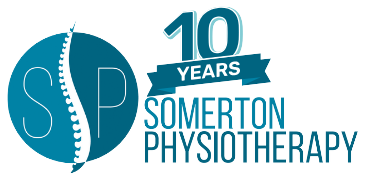Surgical V’s Non-Surgical Treatment of the ACL (Anterior Cruciate Ligament)
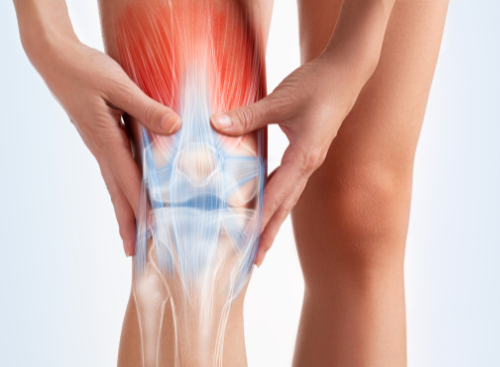
Anterior Cruciate Ligament Tears – Non-Surgical Management
At Somerton Physiotherapy clinic we would see many patients with this type of injury. Firstly, it is important to establish if you are suffering from this type of injury and, if so, you will need to be fully assessed by one of our Physio team before you can make an informed decision about choosing to go down the Surgical or Non-surgical route.
What is the Anterior Cruciate Ligament?
The Anterior Cruciate Ligament (ACL) is one of the key ligaments that provides stability in your knee connecting from the femur (thigh bone) to the tibia (shin bone). Its function is to stop your shin bone moving too far forward from your femur. It is most commonly injured via non-contact, with non-contact ACL tears accounting for 45% of ACL injuries in men, and 53% in women (Dewig et al., 2023). The ACL is most commonly injured during deceleration, landing, and pivoting/cutting movements, and is most prevalent in field sports, such as Gaelic Football, Rugby and Soccer. Injury to the ACL can be quite significant, and takes on average 12 months to make a full return to sport (Ptasinski et al., 2022).
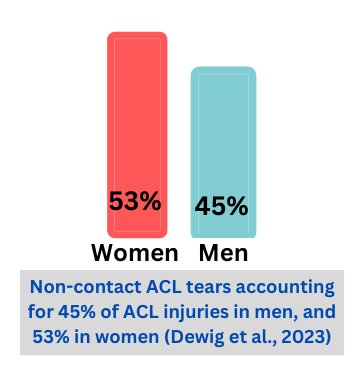
How are ACL’s usually managed?
1. Traditional Surgical Management of ACL Tears
ACL tears are traditionally managed and repaired surgically, using a graft from another tissue in your body. The graft is fixed in place of the ACL to mimic its function within the knee. 83% of athletes will return to the same pre-injury level of sport following surgical management of ACL tears coupled with a structured rehab programme (Lai et al., 2017).
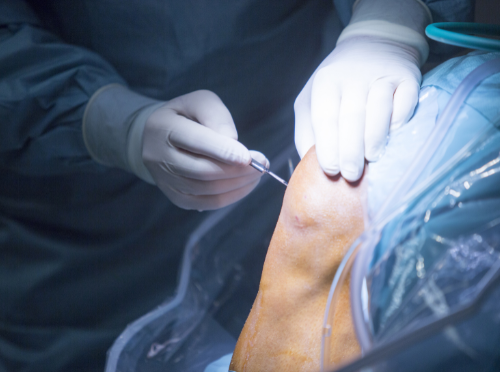
2. Non-Surgical Management of ACL Tears: Cross Bracing Protocol
The main reason for surgical management of an ACL tear is due to poor healing of the ligament. The ACL undergoes the normal healing process, but struggles to bridge the gap between your thigh and shin bone in complete ruptures (Filbay et al., 2023). The Cross Bracing Protocol (CBP) is a novel non-surgical treatment of ACL tears which aims to replace surgical management and facilitate healing to bridge the gap between the two bones. The CBP has the patient locked in a knee brace at 90° of knee flexion for 4 weeks to allow for optimal healing and the gapping of damaged ligament. The range of motion allowed at the knee is increased incrementally over a number of weeks, until full range of motion is allowed. This is completed in conjunction with a structured rehab programme from the patient’s physiotherapist.
Initial studies have shown that 90% (72 of 80) of patient’s will have a continuous ACL at 3 months post-injury following the CBP (Fiblay et al., 2023). The CBP is a novel treatment option, therefore research into the long term outcomes of the CBP are minimal.
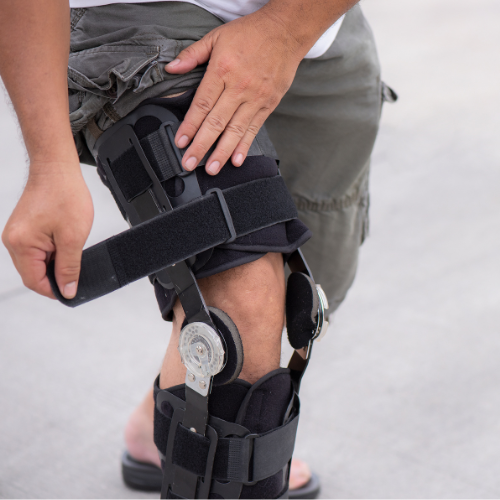
Surgical vs Non-Surgical
Currently there is no definitive way to identify those that would suit non-surgical management of an ACL tear vs those that wouldn’t. There are some indicators that you can discuss with your Physiotherapist at any of our Somerton Physio clinics in Blanchardstown, Castlelknock & Old Bawn to identify if non-surgical management is an option for you. An important point to note is that long-term studies have shown no differences in levels of sport participation, prevalence of osteoarthritis, functional outcomes, and knee stability post-treatment for those that decide on surgical management vs those deciding on non-operative management (van Yperen et al., 2018; Meuffels et al., 2009).
It is important to have your knee assessed first. If you are experiencing knee pain, or suffer an acute knee injury our detailed assessment and personal treatment plans can help get you back to full health.
You can now book an appointment at our Blanchardstown Physiotherapy Clinic, our Castleknock Physiotherapy Clinic or our Old Bawn Physiotherapy clinic through our website www.somertonphysio.ie, email us at i[email protected] or call us on 01 9069566.
Please do not hesitate to contact us if you have any questions.
You can follow us on our Facebook page and Instagram for more updates
